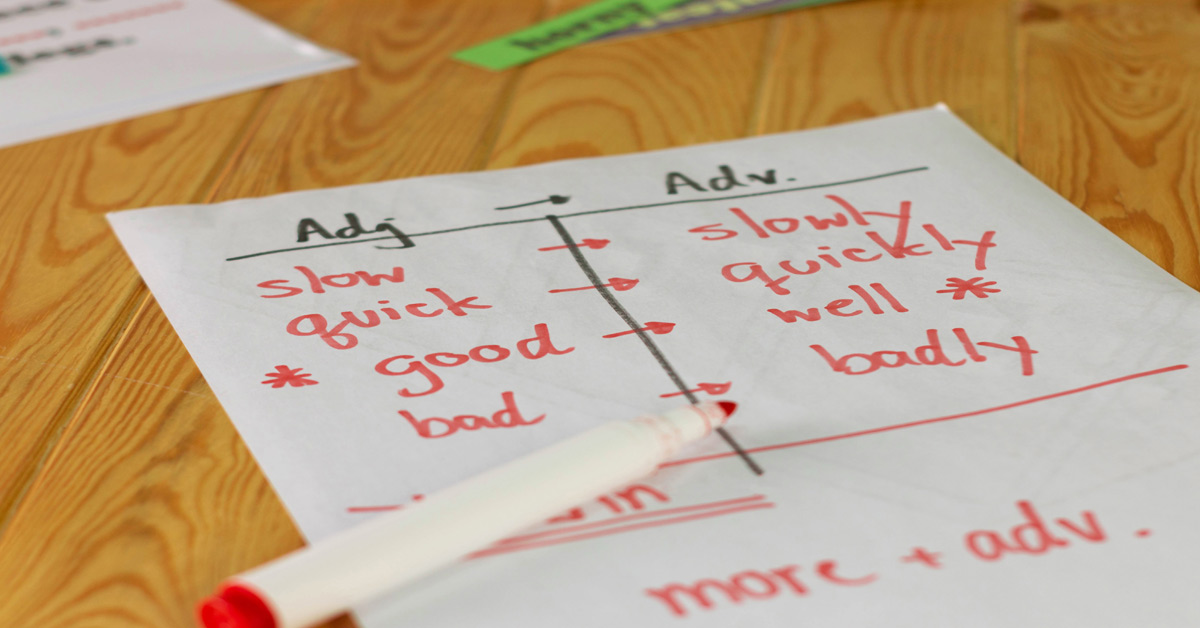Because admission to universities has become so competitive, even a few extra points on the SAT can make a big difference when filing an application for admission. That’s why many students opt to take the test more than once and then superscore their points from both sections of the tests in order to get a higher composite grade.
Fortunately, you don’t have to spend months studying to boost your score on the next SAT test you take. There are ways to improve your score in a short amount of time to earn the grade you need to fulfill your educational dreams. Following are five proven ways to significantly boost your SAT score in one month.
Understand What You Need to Know
Understanding how the SAT works will help you know what and how to study. Continue reading for a brief overview of what you can expect from the SAT.
The SAT is divided into two sections: Math and Evidence-Based Reading and Writing. There is also an optional essay.
The Math section is divided into two subsections: one allows the use of a calculator while the other does not. Both sections emphasize problem-solving, use of algebraic structure, modeling, and using tools strategically. Most questions are multiple-choice, but some are grid-in.
The Evidence-Based Reading and Writing section tests your understanding of words in context, ability to read and understand passages, and ability to find mistakes and weaknesses in passages and fix them.
Assess Your Strengths and Weaknesses
Now that you understand what skills you need to perform well on the test, it’s time to find out what your strengths and weaknesses are. Because the SAT is designed, in large part, to measure what you’ve learned in high school, chances are you already know which areas you need to focus your energies on.
However, if you aren’t sure which subjects need the most work, taking a few practice tests is one good way to find out. You can find free practice tests on the SAT website, and there are other online resources as well.
UWorld provides SAT practice tests with sample questions and corresponding explanations to help you understand how to correct your wrong answers.
Make Realistic Goals for Improving Your Score
One way to set realistic goals for improving your score is to assess how much time you have to study SAT-related material. Look over your schedule carefully and set aside time when you’re not tired or distracted, so you can fully focus on your studies.
It’s also wise to consider your scores from the practice tests you’ve been taking. If, for instance, you continually score around 500 on the Math section, don’t attempt to jump from 500 to 700 in a few weeks. Instead, set a goal of improving your score in this section by 50 or 100 points.
Focus on High-Yield Concepts
High-yield concepts are specific areas of knowledge that can significantly boost your score in a short amount of time. Brushing up on grammar skills, for example, is a must. The Writing section, which makes up one-fourth of the SAT test, requires you to have a good grasp of grammar in order to get a high score. Reviewing graphs is also wise, as both the reading and math sections use graphs and other visuals to convey important information.
It’s also smart to practice using the calculator you intend to bring with you. Although some Math questions don’t allow the use of a calculator, most do. Knowing how to use one quickly and well can help you solve problems faster and more accurately, enabling you to finish the section within the time limit.
Use the Right Tools for the Job
The last thing you want to do during your SAT study time is rummage around your room or apartment looking for study materials. Save yourself time and hassle by having everything you need for your studies in the same place. Materials that are important to have on hand include pencils, a notebook, your calculator, a timer, and any reading materials or grammar books you’re using.
Improving your SAT score isn’t as complicated as it may initially seem. You will need to put in some hard work and sacrifice some of your free time to study, but the results will be more than worth the effort.
Start by understanding what questions you’ll be faced with on the test and then take practice tests to see which areas you need to work on most. Choose the right tools for the job and keep them handy, so you can access them with ease during your study time. Set goals for yourself and then work on areas that will generate the most improvement in the shortest amount of time. If you do so, you’ll get the positive results you need.




